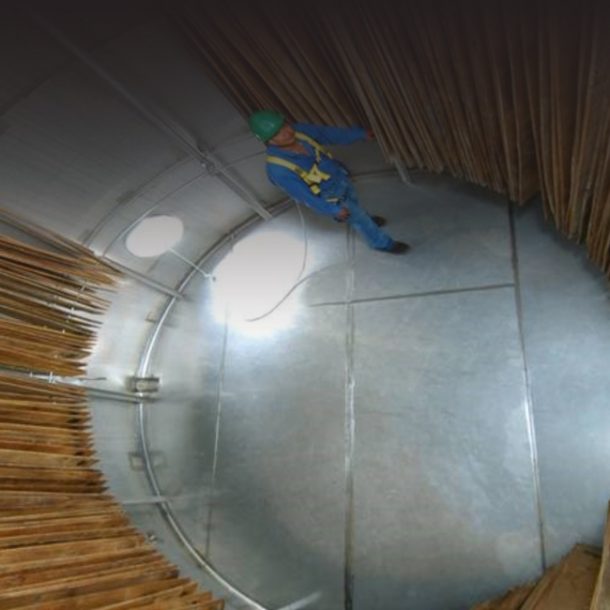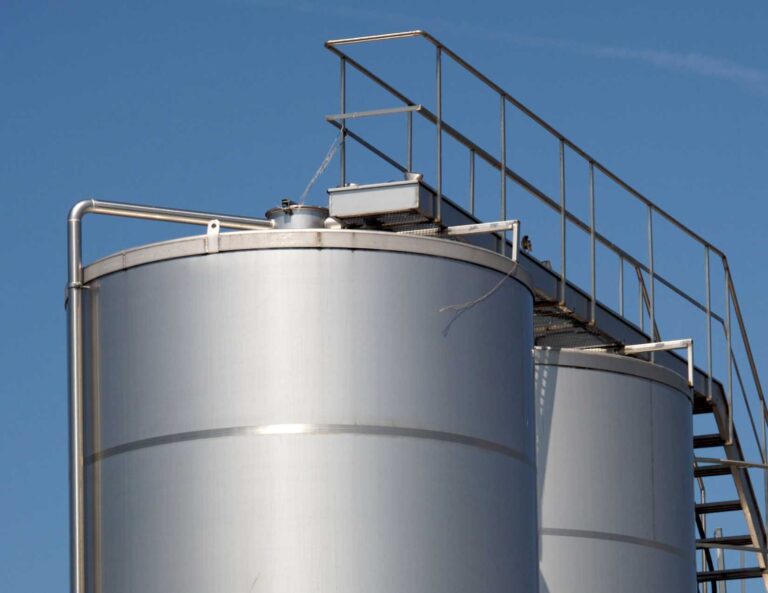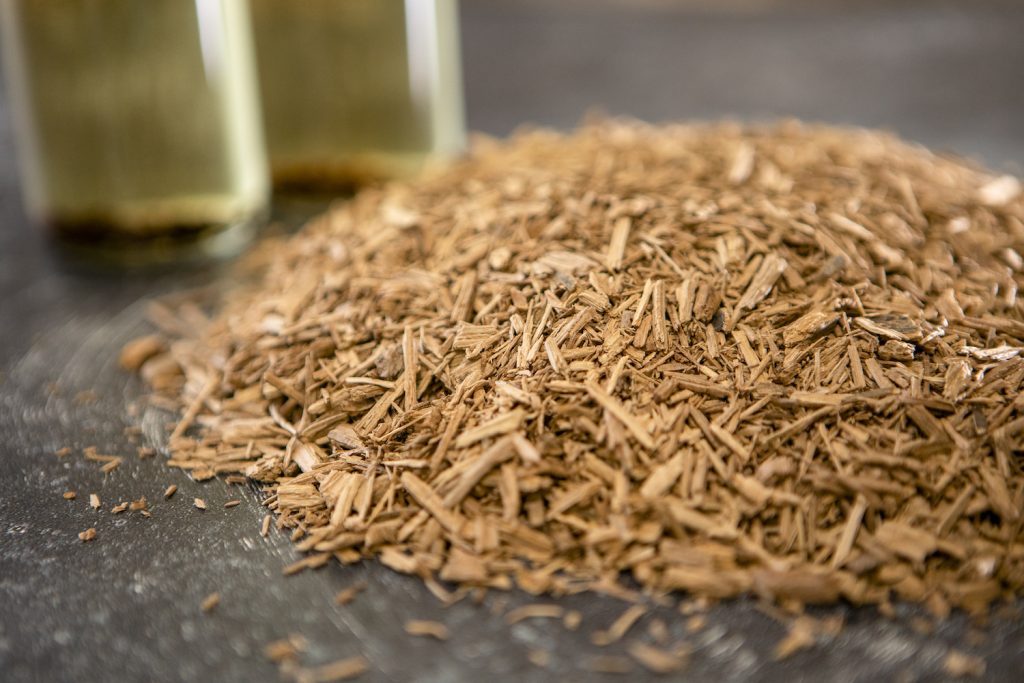
a good strategy to prepare harvest orders
Why do Winemakers procrastinate getting their harvest orders in? The short answer is that it’s a real pain in the butt. Winemakers are always being told to wait for harvest estimates, marketing plans, sales numbers, budget approvals, industry reports, etc. I learned a long time ago that you can’t wait for all of the various information sources to come in before you put your plan together because it will be too late. One approach I used to take was to put the entire “ingredient” plan together (yeast, nutrient, acid…etc), communicate that to the various vendors but only have them send a percentage of your order as a “hedge” in case the crop comes in light or program volumes change. The vendor still gets a heads up so they can manage their inventory, sends you 75% of what you need, and don’t get surprised by a panicked mid-harvest order that they may or may not be able to fill in time.
order oak per tank
With oak, specifically barrel alternative or oak complement programs, I suggest breaking wine programs down by tank. What I mean by that is before the first grape ever rolls across the scale, Winemakers should have a good idea where their wines are going to get oaked, or at least the size of the tank the wine will end up in. If you have a general idea of your program volume and know the relative oak impact you want in your finished wine, you should be able to pick a tank size that is sure to fill but may or may not be exactly the volume of your entire program. This enables the winemaker to make a plan and place their orders even if they don’t have all of the information, they feel they need.
Avoid any confusion
Another trick that works especially well at the larger wineries is to have the oak vendor send and label the oak by the tank. For example, if a Winemaker has a Chardonnay program that requires three 10K gallon stave tanks – each with a specific oak profile and dose rate, they can request that each tank is sent on its own pallet and labeled accordingly. Doing this can save a lot of headaches created when the wrong oak goes into the wrong tank, or the wrong amount is added. My hunch is that there are very few Winemakers out there who haven’t been left scratching their heads staring at a bunch of leftover staves or bags of oak at the end of harvest knowing they should be in a tank somewhere in the winery…but where? Labeling each pallet by tank makes it very clear to your cellar staff, many of whom are probably temps and can really help to avoid mix-ups.
start small
Oak tanks aren’t the only consideration when planning your harvest oak needs. Is there any need for some untoasted or lightly toasted oak in your white wine programs to build mouthfeel and structure? Have you tried Innerstave’s new Foundation Toast that provides structure, texture, volume, and sweetness similar to an untoasted barrel head but without the astringency? Is there any need for oak fines or dust in your red wines to promote color stability, enhance fruit expression and mouthfeel or mask any green characters? I have never met a red wine that didn’t benefit from a little help in all those areas via fermenter oak.
Stick to the plan
A Winemaker should plan for what happens after primary fermentation as well. For whites, am I racking off primary lees or aging on primary lees? Am I sending my chardonnay through ML? If so, am I conducting ML on oak or not? For non-ML lots do I want to rack onto some untoasted or lightly toasted oak to preserve aromatics and build body? Perhaps I should try Innerstave’s new Foundation Toast that provides structure, texture, volume, and sweetness similar to an untoasted barrel head but without the astringency. There are also many benefits of racking or centrifuging reds off primary lees onto oak and dosing with Micro-Ox pre-ML. Once ML is complete the wine would then be racked onto aging oak. This is a lot to think about and can get complicated but if you develop protocols to cover say 80% of what you plan to do, a Winemaker can make a plan and put an order together even before they have all the nitty gritty details. The rest can be figured out in the moment using your keenly honed winemaking skills and decision-making abilities.
-Jason Dodge, Managing Director, Winemaking
oak planning checklist


